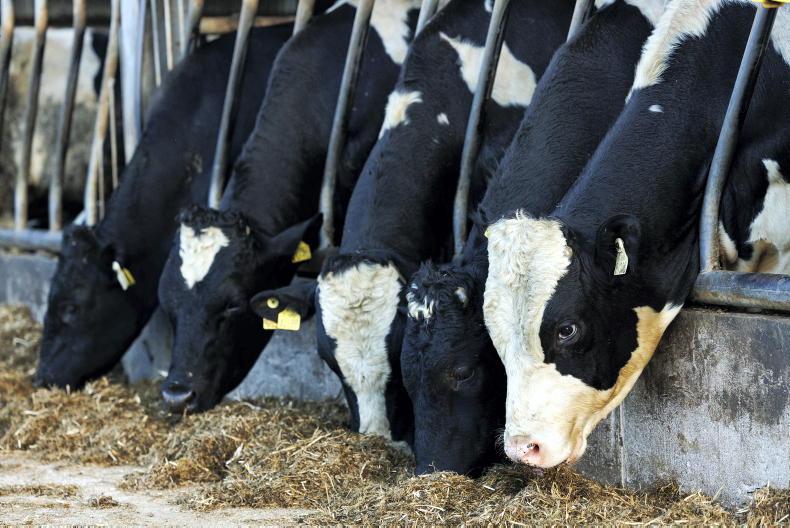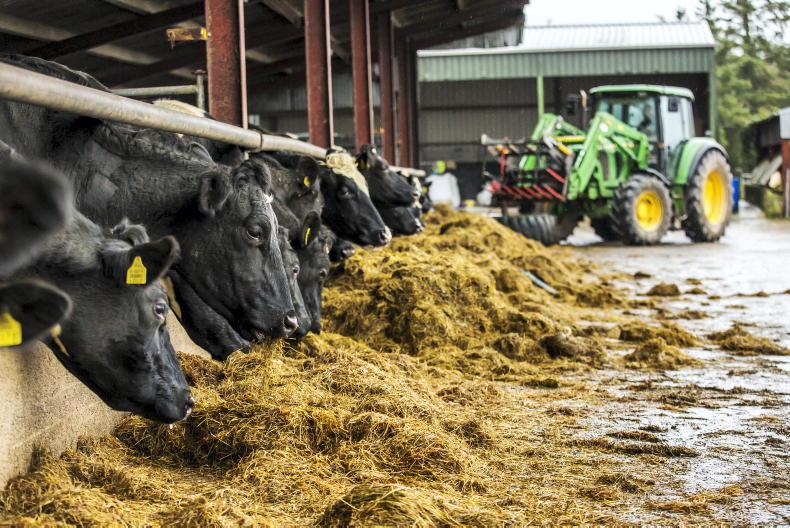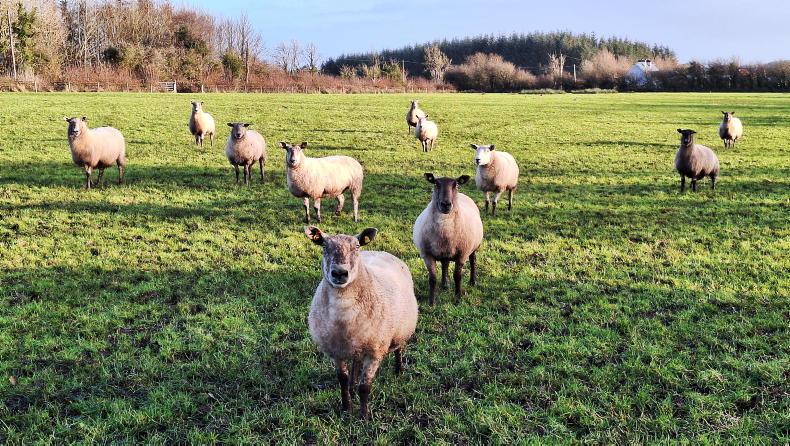Silage season is under way, with mowers, balers and harvesters a familiar sight around the country.
When it comes to making silage, the weather is beyond the farmer’s control.
However, there are a few steps that can be taken to influence silage quality, some of which are outlined below.
1. Mowing in the afternoon
Where farmers have their own mower, aim to start cutting grass late in the morning to early afternoon. Grass sugars tend to be higher at this point, helping fermentation and forage quality.
Obviously, when using a contractor, mowing in the afternoon is not always an option.
This step will not turn swards of stemmy, shot grass into top-quality silage, but it can make a difference with the preservation of shorter, leafy swards.
2. Mowing height
Don’t mow grass too close to the ground, as this increases the risk of soil contamination.
Aim to leave at least 4cm of residual cover in ryegrass swards, which is around the height of the toecap.
With red clover silage, leave a residual cover measuring at least 8cm in height. This prevents the crown of the plant being damaged.
3. Tedding out grass
Tedding is an additional cost and may not be for everyone. If grass is being lifted during broken weather, tedding is not the way to go.
But if conditions are looking good for a few days, tedding will dry grass in a shorter time period, allowing silage to be ensiled inside 24 hours of mowing.
Tedding is recommended with heavier grass crops to get a better wilt, but with lighter crops, like those cut on grazing paddocks, there is less benefit from tedding.
Instead, set the mower to spread grass as wide as possible. Leave in the swathe to dry for 24 to 48 hours, provided conditions are suitable.
When it comes to red clover, tedding should be avoided at all costs. Tedding will cause the clover to shatter, increasing losses in the field. Instead, mow and leave to wilt.
4. Wilting time
With grass swards, wilting for 24 to 48 hours is plenty of time to let swards wilt before harvesting. Wilting beyond 48 hours can do more harm than good.
High-dry matter silage is harder to compact in the pit. Fermentation is affected and grass is more prone to heating out once the clamp. Cattle intakes are also reduced.
When silage is cut and daytime temperatures exceed 20°C, wilting time can be reduced to 12 hours before grass is rowed up and lifted.
5. Chop length
Set the baler or harvester knives to chop grass around 8cm to 10cm in length, which is roughly the width of an adult cow's muzzle.
Grass that is chopped too short is hard to compact when ensiling and the clamp is more prone to slippage. There will also be a lack of fibre in the diet, causing rumen upsets.
Silage that is not chopped is harder to ensile. Cattle also have a tendency to drag mouthfuls of fodder back into pens and block slats.
Read more
Beef Management: silage quality, SCEP payment rates and Newford Open Day
Nitrogen fertiliser sales back 56%
Silage season is under way, with mowers, balers and harvesters a familiar sight around the country.
When it comes to making silage, the weather is beyond the farmer’s control.
However, there are a few steps that can be taken to influence silage quality, some of which are outlined below.
1. Mowing in the afternoon
Where farmers have their own mower, aim to start cutting grass late in the morning to early afternoon. Grass sugars tend to be higher at this point, helping fermentation and forage quality.
Obviously, when using a contractor, mowing in the afternoon is not always an option.
This step will not turn swards of stemmy, shot grass into top-quality silage, but it can make a difference with the preservation of shorter, leafy swards.
2. Mowing height
Don’t mow grass too close to the ground, as this increases the risk of soil contamination.
Aim to leave at least 4cm of residual cover in ryegrass swards, which is around the height of the toecap.
With red clover silage, leave a residual cover measuring at least 8cm in height. This prevents the crown of the plant being damaged.
3. Tedding out grass
Tedding is an additional cost and may not be for everyone. If grass is being lifted during broken weather, tedding is not the way to go.
But if conditions are looking good for a few days, tedding will dry grass in a shorter time period, allowing silage to be ensiled inside 24 hours of mowing.
Tedding is recommended with heavier grass crops to get a better wilt, but with lighter crops, like those cut on grazing paddocks, there is less benefit from tedding.
Instead, set the mower to spread grass as wide as possible. Leave in the swathe to dry for 24 to 48 hours, provided conditions are suitable.
When it comes to red clover, tedding should be avoided at all costs. Tedding will cause the clover to shatter, increasing losses in the field. Instead, mow and leave to wilt.
4. Wilting time
With grass swards, wilting for 24 to 48 hours is plenty of time to let swards wilt before harvesting. Wilting beyond 48 hours can do more harm than good.
High-dry matter silage is harder to compact in the pit. Fermentation is affected and grass is more prone to heating out once the clamp. Cattle intakes are also reduced.
When silage is cut and daytime temperatures exceed 20°C, wilting time can be reduced to 12 hours before grass is rowed up and lifted.
5. Chop length
Set the baler or harvester knives to chop grass around 8cm to 10cm in length, which is roughly the width of an adult cow's muzzle.
Grass that is chopped too short is hard to compact when ensiling and the clamp is more prone to slippage. There will also be a lack of fibre in the diet, causing rumen upsets.
Silage that is not chopped is harder to ensile. Cattle also have a tendency to drag mouthfuls of fodder back into pens and block slats.
Read more
Beef Management: silage quality, SCEP payment rates and Newford Open Day
Nitrogen fertiliser sales back 56%










SHARING OPTIONS